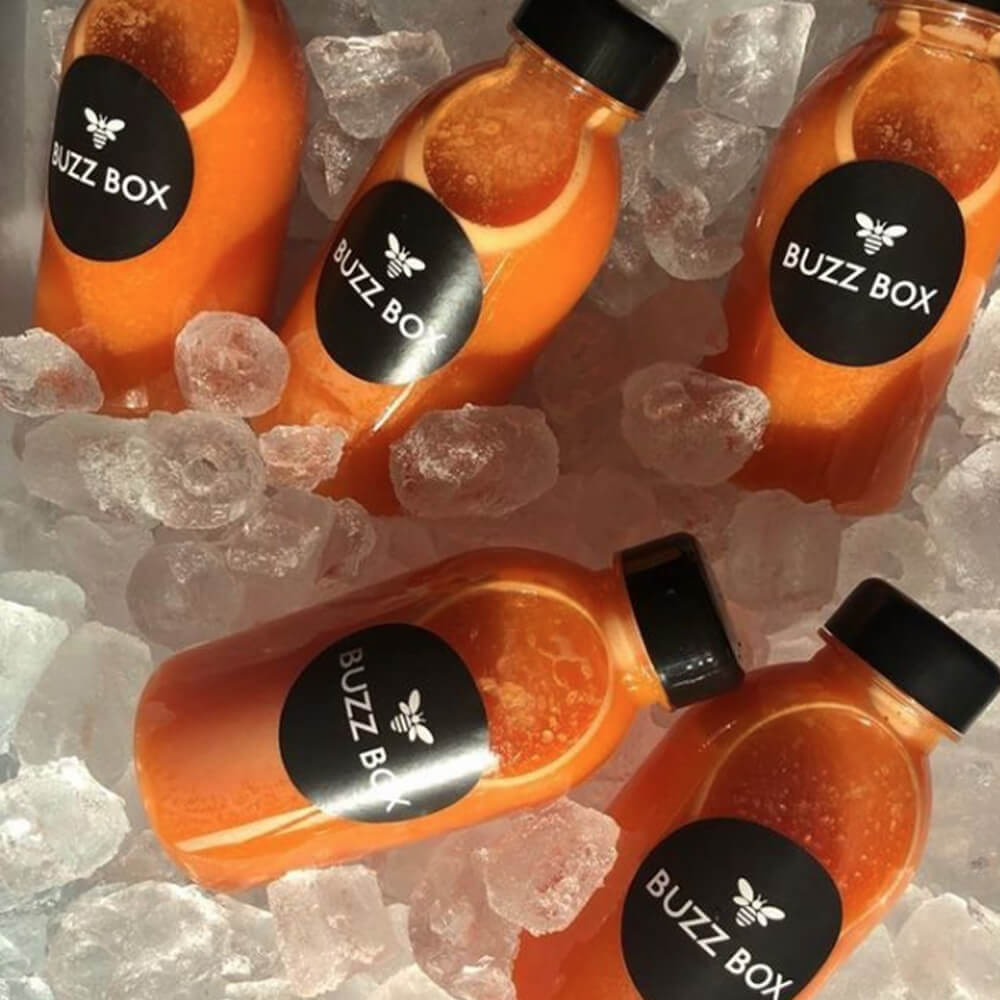The Rise of Disposable Food Packaging A Double-Edged Sword
In recent years, the food industry has witnessed a significant transformation, with disposable food packaging becoming an integral part of our daily lives. This trend has been fueled by the demand for convenience, the fast-paced lifestyle of modern society, and the growing popularity of takeout and delivery services. While disposable packaging offers undeniable benefits, it also raises critical environmental concerns that warrant careful consideration.
One of the primary advantages of disposable food packaging is its convenience. In a world where time is of the essence, disposable packaging allows consumers to enjoy meals on the go without the hassle of washing dishes or worrying about reusable containers. Whether it’s a quick coffee from a drive-thru, a takeout meal from a local restaurant, or packaged snacks from a grocery store, disposable packaging makes it easy for people to savor their favorite foods with minimal effort. This convenience is especially appealing to busy professionals, students, and families juggling multiple commitments.
Moreover, disposable food packaging plays a crucial role in food safety. Many disposable materials, such as single-use plastics, are designed to protect food from contamination during transportation and storage. This is particularly important for perishable items that need to be kept fresh. Additionally, disposable packaging often features tamper-evident seals that enhance consumer trust and ensure the integrity of the food being sold. During a time when health and safety are paramount, especially highlighted by the COVID-19 pandemic, the use of disposable packaging has become even more prevalent.
However, the environmental impact of disposable food packaging cannot be overlooked. A significant portion of this packaging is made from plastics, which can take hundreds of years to decompose. The sheer volume of single-use plastics in circulation has led to a growing environmental crisis, with marine life suffering the consequences of plastic pollution in oceans and waterways. According to the World Economic Forum, by 2050, there could be more plastic in the oceans than fish if current trends continue.
disposable food packaging

Furthermore, the production of disposable packaging contributes to greenhouse gas emissions, as it relies on fossil fuels for material sourcing and manufacturing processes. This exacerbates climate change, prompting a shift in public perception regarding the sustainability of disposable options. Consequently, businesses and consumers alike are beginning to seek out more eco-friendly alternatives, such as compostable materials or reusable packaging solutions.
As awareness of the environmental ramifications of disposable packaging grows, so too does the call for change. Innovative companies are exploring sustainable practices, including the development of biodegradable materials and the promotion of reusable packaging. Initiatives that encourage consumers to bring their own containers or to recycle disposable packaging can also make a positive impact.
Governments are responding to the crisis by introducing regulations aimed at reducing plastic waste. Bans on single-use plastics and incentives for businesses to adopt sustainable practices are becoming more common across various regions. These regulations not only support the environment but also drive innovation in packaging design, nudging manufacturers to prioritize eco-friendly materials.
To mitigate the negative effects of disposable food packaging, both consumers and businesses must adopt a more sustainable mindset. Consumers can make conscious choices, opting for establishments that support eco-friendly practices and reducing their reliance on single-use items. Businesses, on the other hand, can lead the way by investing in sustainable packaging solutions and adopting practices that minimize waste.
In conclusion, while disposable food packaging offers convenience and safety benefits, it also poses significant challenges to our environment. The ongoing debate surrounding this issue highlights the importance of finding a balance between convenience and sustainability. As consumers, advocates, and policymakers work together to promote eco-friendly alternatives, we can move towards a future where food packaging supports a healthy planet without compromising our modern lifestyle. The challenge is daunting, but with collective action, we can create a sustainable food system that respects both our needs and the planet.



